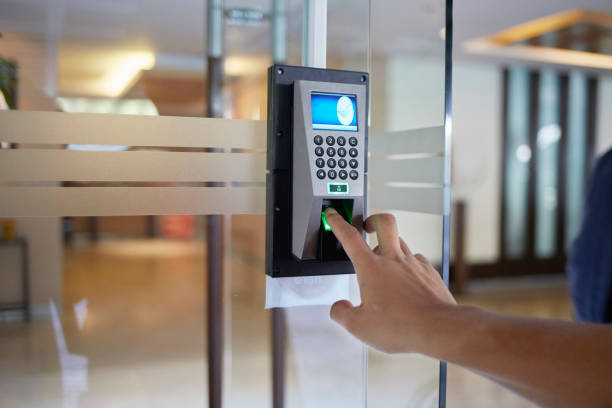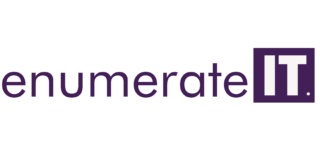Understanding the Importance of Access Control in the Current IT Environment

Understanding the Importance of Access Control in the Current IT Environment
Importance of Access Control
Access control is a critical aspect of modern security, as it ensures that only authorized individuals or systems have access to sensitive information and resources. In today’s technology-driven world, access control is essential for protecting against unauthorized access, data breaches, and other security threats. In this article, we will discuss the different types of access controls and their significance in the current IT environment.
Authentication is the first step in the access control process. It is the process of verifying the identity of a user, device, or system, and it is used to ensure that only authorized individuals or systems are able to access sensitive information or resources. Authentication can be done through various means, including passwords, security tokens, and biometrics.
Authorization is the process of granting or denying access to a user, device, or system based on their authentication credentials and the policies that are in place. It is used to ensure that users are only able to access the resources that they are authorized to access. This can be done through various means, including access control lists (ACLs) and role-based access control (RBAC).
ACLs are used to specify which users or systems are allowed to access specific resources, and what actions they are allowed to perform on those resources. They are used to implement fine-grained access control, and they can be applied to both physical and digital resources.
RBAC is a type of access control that is based on the roles or job functions of users. It is used to simplify access control management by grouping users with similar access requirements into roles, and then granting or denying access to resources based on those roles.
Discretionary access control (DAC) and mandatory access control (MAC) are two other types of access controls that are based on the discretion of the owner of the object and a central authority’s decision respectively.
Multifactor authentication is a security measure that requires users to provide more than one form of authentication in order to access sensitive information or resources. This can include a password, a security token, a biometric, or a combination of those.
Identity and access management (IAM) is the process of managing the identities and access of users, devices, and systems. It includes the provisioning, management, and monitoring of user accounts and access to sensitive information and resources.
Access controls are also critical for compliance with regulations such as HIPAA (Health Insurance Portability and Accountability Act) and PCI-DSS (Payment Card Industry Data Security Standards). These regulations require organizations to implement certain security controls, including access controls, to protect sensitive information in the healthcare and payment card industries.
In conclusion, access control is a critical aspect of modern security, as it ensures that only authorized individuals or systems have access to sensitive information and resources. The different types of access controls discussed in this article are all significant in the current IT environment, as they are used to protect sensitive information and resources from unauthorized access and to ensure compliance with regulations such as HIPAA and PCI-DSS. Additionally, they are critical to secure the systems and networks from cyber threats and maintain the integrity of the information.Importance of Access Control



